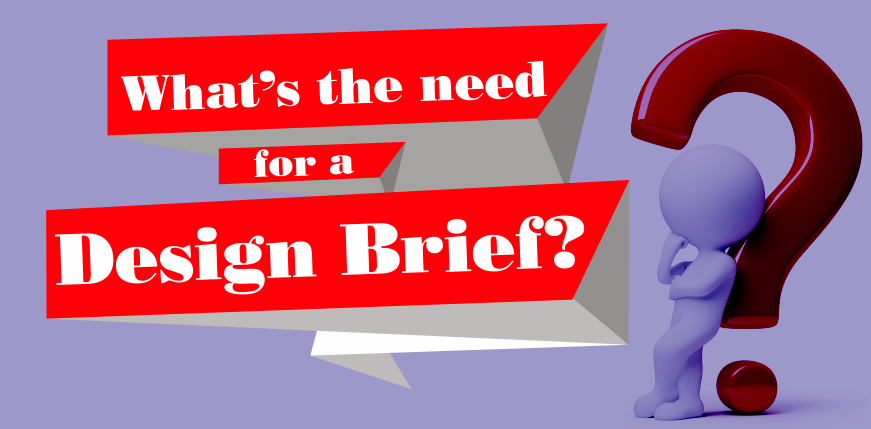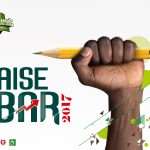What’s the need for a Design Brief?
A design brief is a written document for a design project commonly used in consulting engagements, when an independent designer or a design agency executes a design on behalf of a client.
It is developed in collaboration by the client representing the business need for design and the creative agency. The document is focused on helping the parties involved to achieve the desired results of design.
Why bother write a design brief?
Shouldn’t your designer just know what to do? The humble truth is your design agency doesn’t know everything! You probably know more about your company than anyone. You know its history, its competitors, your marketplace, the things you like and dislike, those that have worked for your business in the past and some that haven’t.
You’ll also have a pretty good idea of the issues your company faces in today’s market, the goals and objectives you’ve set for the coming year or campaign and more specifically what you think you need from your designer.
Design is a creative problem-solving discipline and thus to produce a design that will deliver the results you need you must first make sure that the designer really understands the problem you are trying to solve.
That’s exactly where the design brief comes in. If you spend time creating a structured design brief then in almost every case your designs will achieve their business objective.
Given that design is a problem-solving discipline then it should start with a comprehensive understanding of the business problem that needs to be solved and develop into a written summary of the project stating the design objectives, desired outcomes, scope, deliverable, time line and budget.
Why is it so important?
Mainly because it defines the problem and explicitly what you (as the client) expect your designer to deliver. It also provides a benchmark against which you can measure the effectiveness of the designs presented – are they ‘on brief’.
It also help to protect both parties. The client gets the value for which they entered into an agreement likewise if the project should change course and the scope and volume of work increase, the brief can be referenced to gauge additional budgetary requirement.
Who completes the design brief?
Ideally it should be a collaborative effort between the client, the design company and all other relevant party.
What should you watch out for?
Be careful not to make it restrictive. Your design agency as a matter of professionalism reads a lot and engage in research. They are most likely checking out for emerging ideas and practices you are not aware of. Their work is to help you solve a problem and that’s why you reached out in the first instance. So you need to see your design company as a partner. Your success is their success and vice versa.
In conclusion, design is essentially a synergy between parties involved. The quality of collaboration has a resultant effect in the quality of delivery.



